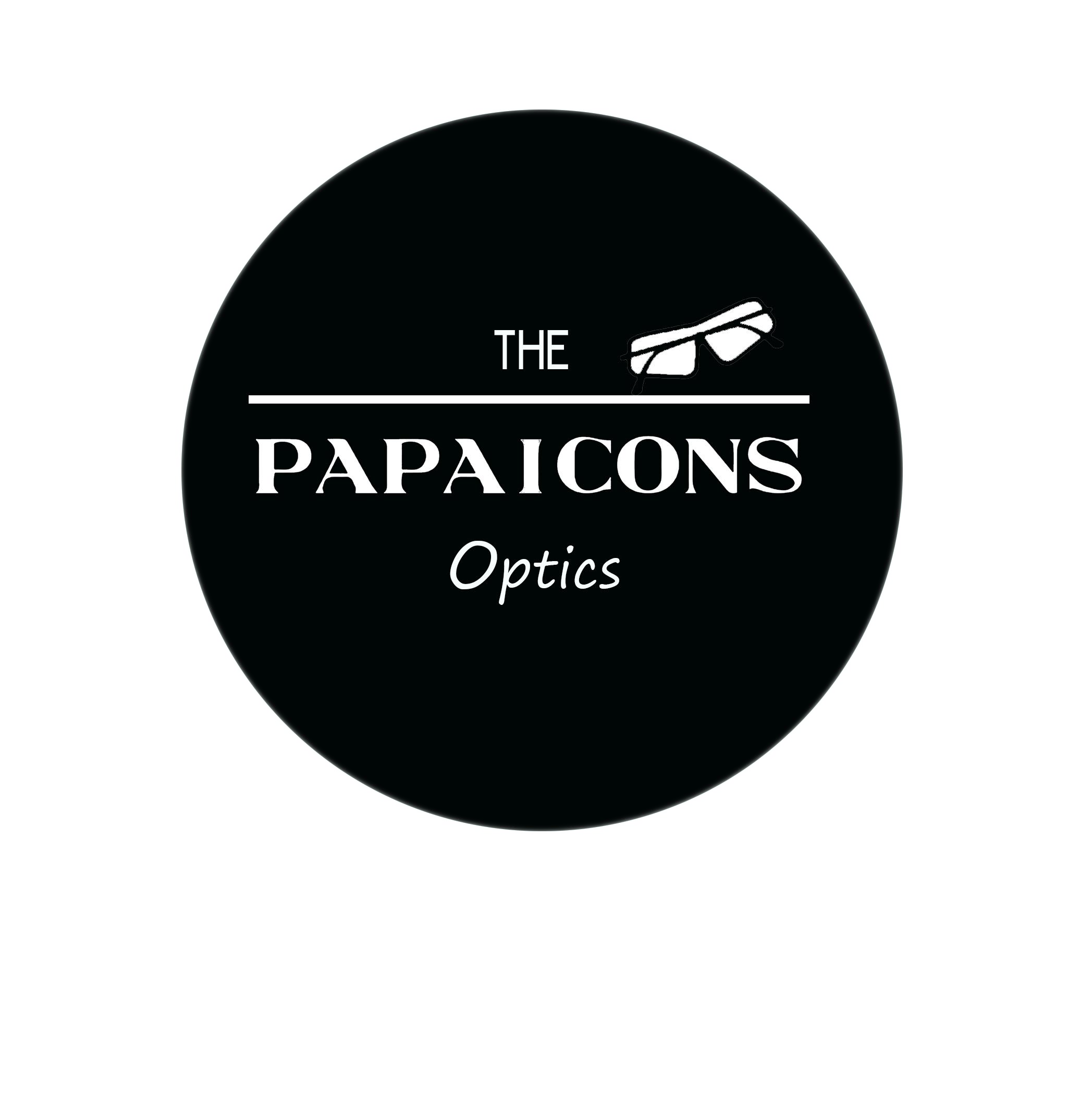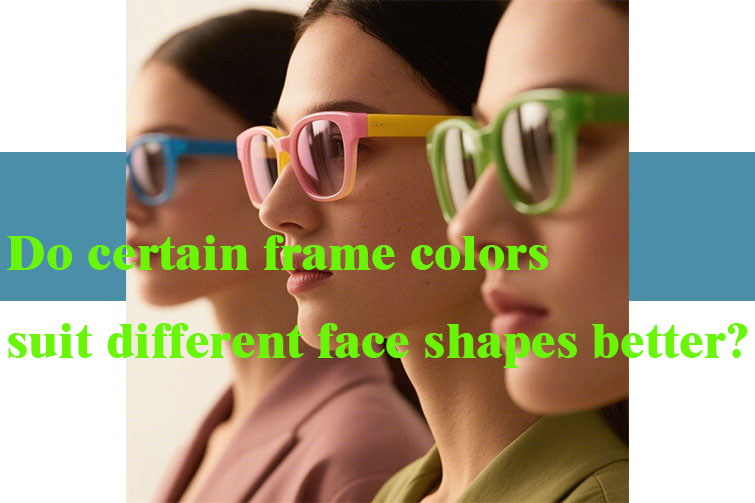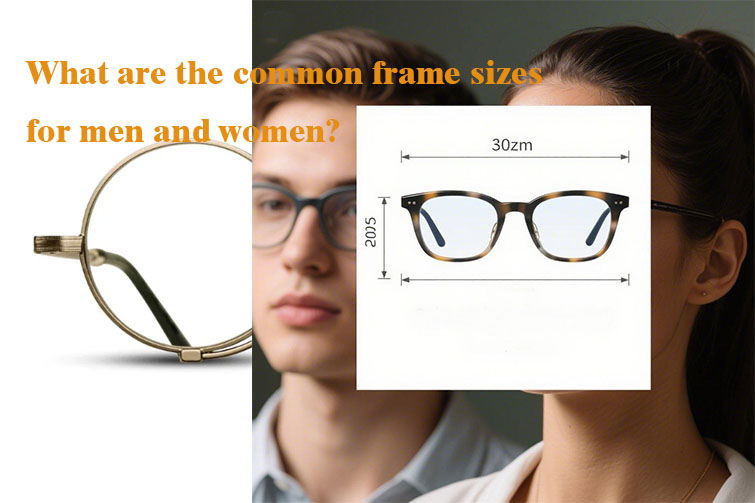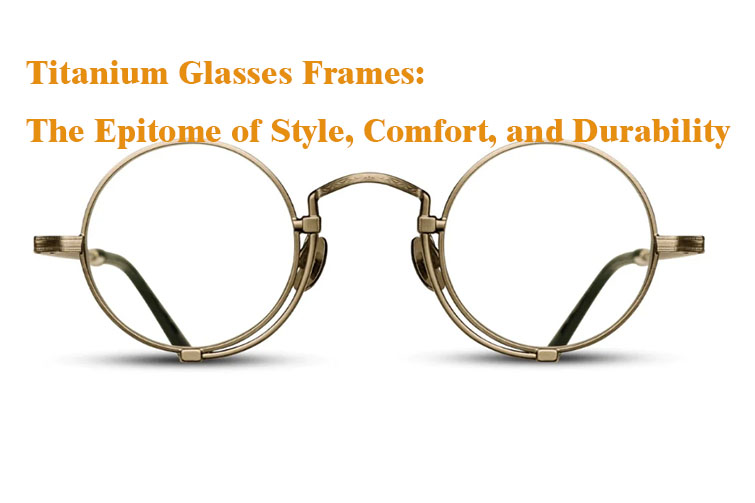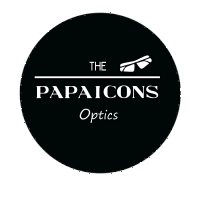
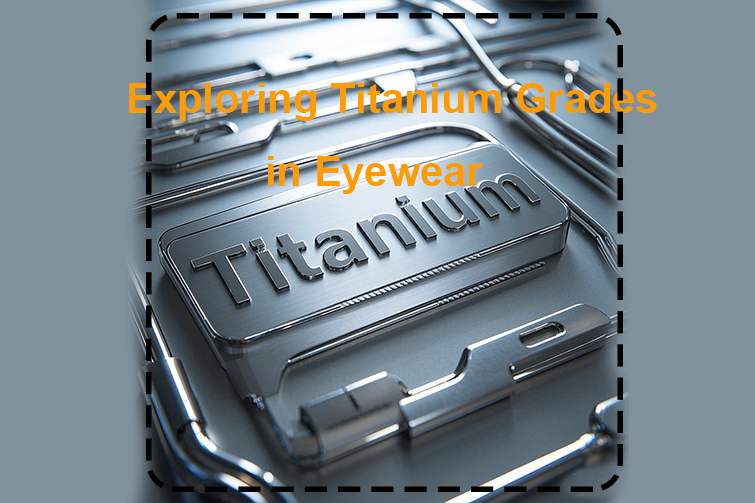
Exploring Titanium Grades in Eyewear: Pure Titanium, Beta Titanium, and Z-Titanium – Properties, Applications, and Market Insights
1. Introduction
Titanium has become a staple in the eyewear industry due to its exceptional strength-to-weight ratio, corrosion resistance, and biocompatibility. Among its variants, pure titanium, beta (β) titanium, and Z-titanium stand out for their unique properties and applications. This article dissects their differences, industry uses, and market pricing to help consumers and manufacturers make informed choices.
2. Material Definitions and Key Properties
2.1 Pure Titanium
Definition:
Pure titanium refers to titanium with a purity of 99%+ (commercially pure grades like Grade 1-4). It is free of intentional alloying elements, though trace impurities (e.g., iron, oxygen) may exist.
Key Properties:
- Extreme Lightness: Density of ~4.5g/cm³, making it one of the lightest metals for eyewear.
- Corrosion Resistance: Resistant to sweat, humidity, and chemicals, ideal for long-term wear.
- Biocompatibility: Hypoallergenic and non-toxic, suitable for sensitive skin.
- Weldability Challenges: Requires vacuum welding, increasing production complexity.
- Label: Labeled as "PURE TITANIUM", "Ti-P", or "100% Titanium".
2.2 Beta (β) Titanium
Definition:
Beta titanium is a metastable alloy with a body-centered cubic (BCC) crystal structure, achieved through heat treatment (e.g., delayed cooling). It typically contains alloying elements like molybdenum, vanadium, or nickel to stabilize the β phase.
Key Properties:
- Superelasticity & Flexibility: Higher ductility than pure titanium, allowing frames to bend and recover shape.
- Strength: Tensile strength up to 1,200 MPa, surpassing pure titanium (~400-600 MPa).
- Formability: Enables intricate designs and thinner profiles.
- Label: Marked as "β-Titanium" or "Beta Ti".
2.3 Z-Titanium
Definition:
Z-titanium is a proprietary titanium-zirconium alloy developed by Japanese brand Charmant. Zirconium (Zr) is added to pure titanium to enhance performance without compromising biocompatibility.
Key Properties:
- High Strength & Hardness: Combines titanium’s lightness with zirconium’s durability, ideal for structural components.
- Hypoallergenic: Zirconium is non-irritating, making it suitable for medical applications (e.g., dental implants).
- Corrosion Resistance: Resistant to harsh environments, similar to pure titanium.
3. Applications in Eyewear
3.1 Pure Titanium Frames
- Use Cases: High-end, minimalist frames for daily wear. Common in brands like MONTBLANC, Cartier, and Ray-Ban.
- Design Limitations: Thicker profiles due to lower rigidity compared to β-titanium.
- Advantage: Ideal for users prioritizing weightlessness and allergy safety.
3.2 Beta Titanium Frames
- Use Cases: Stylish, flexible frames with intricate designs (e.g., thin temples, curved bridges). Popular in brands like Oakley, Tom Ford, and Lindberg.
- Advantage: Balances aesthetics, durability, and comfort, appealing to fashion-forward consumers.
3.3 Z-Titanium Frames
- Use Cases: Premium, high-performance eyewear (e.g., Charmant’s Zyloware collection) and medical-grade applications.
- Advantage: Combines strength for sports/active use with hypoallergenic properties.
4. Market Pricing
4.1 Pure Titanium
- Cost Range: $200–$800+ per frame.
- Price Drivers: High purity, complex welding, and brand premium. Entry-level pure titanium frames start at ~$200, while luxury brands exceed $1,000.
4.2 Beta Titanium
- Cost Range: $150–$600+ per frame.
- Price Drivers: Lower material costs than pure titanium but higher processing fees for superelasticity. Affordable options (e.g., fast-fashion brands) start at $150, while designer labels reach $600+.
4.3 Z-Titanium
- Cost Range: $300–$1,000+ per frame.
- Price Drivers: Proprietary alloy and association with premium brands. Charmant’s Z-titanium frames often retail above $500.
5. Comparison Table
| Property | Pure Titanium | Beta Titanium | Z-Titanium |
|---|---|---|---|
| Purity | 99%+ | Alloy (β-phase stabilized) | Titanium-Zirconium alloy |
| Weight | Lightest | Light | Light to medium |
| Strength | Moderate | High (superelastic) | High |
| Allergy Risk | Low (hypoallergenic) | Low (if nickel-free) | None (zirconium-safe) |
| Design Flexibility | Limited (thicker profiles) | High (intricate shapes) | Moderate to high |
| Price Range | $200–$800+ | $150–$600+ | $300–$1,000+ |
6. Market Trends
- Demand Growth: Titanium eyewear dominates 60%+ of the Japanese market and is rising globally due to health and fashion trends.
- China’s Role: China is a major manufacturer but relies on Japanese imports for high-grade titanium wires (e.g., β-titanium).
- Counterfeit Risks: Inexpensive "titanium" frames (<$50) often use non-titanium alloys (e.g., stainless steel) or low-grade titanium blends.
7. Conclusion
Choosing between pure titanium, beta titanium, and Z-titanium hinges on priorities: weight and biocompatibility favor pure titanium, style and flexibility lean toward beta titanium, while durability and hypoallergenicity make Z-titanium a premium choice. As the eyewear industry evolves, these titanium grades will continue to balance performance, aesthetics, and cost for consumers worldwide.
